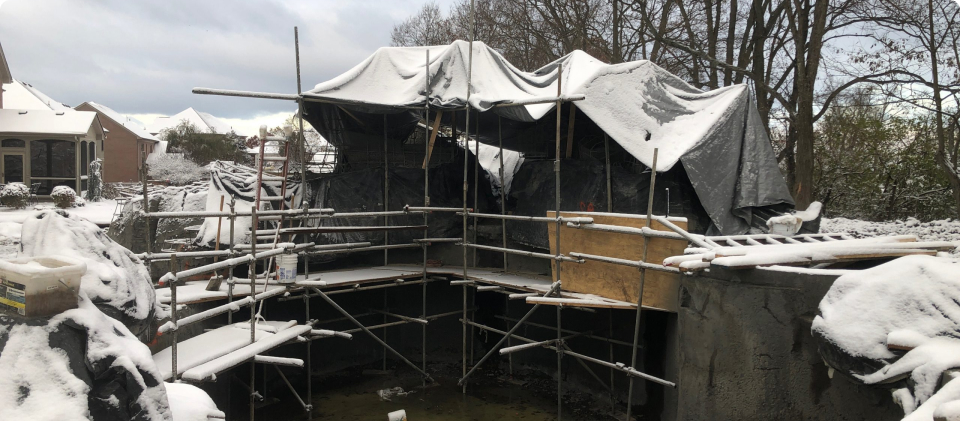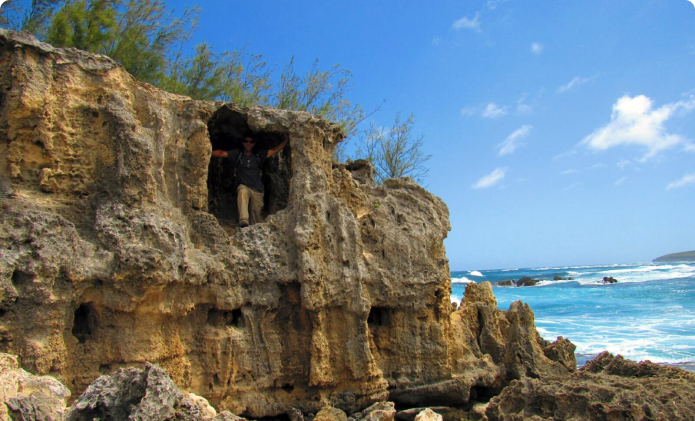Chaos applies to rockwork construction in a variety of ways, from armature all the way thru to sculpture and finish paint. Mother nature is a busy girl constantly changing things with all the forces she has at her disposal. Wind, rain, seismic activity and heat all have an impact on nature and in order to simulate nature effectively we have to use these activities to get the look and feel needed for our simulation.
When we see sunrises and sunsets or interesting cloud formations, we are awed by it. Coral reefs, jungles and forests all have this same effect, why? Because of the chaos of it, that is the attraction, we are drawn to it because it is out of control, beautiful, dangerous and sometimes even deadly!
Sooooo how do I get that into my work? What do I do to bring that beauty into my Earthy simulations? How do I make my rockwork more realistic?
The first thing that I would advise is the importance of references, never guess at it. Color and textures are revealed in the references, you will refer to them a heck of a lot more than you think. Possessing the actual piece of rock can also can also help by touching and feeling the surface.
Field trips around the project locale can be beneficial as well. This is a great opportunity to collect rocks, branches and photograph the objects you intend to simulate. A lot of students will just go crazy and photograph and collect everything! Be respectful and only gather what you need. I only photograph what I need for my color reference and for cracks and breaks, be selective.
Secondly, the references will only take you so far. The real question is why did that happen? What are the forces that made that a reality? Remember it is literally occurring right in front of you but at a pace you cannot identify with the exception of time-lapse or specialty photography.
We can expedite a lot of these forces with common tools that are on the job. We have water, we can assert pressure, we can apply wind and rip and tear. There are also a variety of chemicals to make concrete dry fast or slow. We can seed concrete with a variety of materials including integral colors. But how? And why? This is what you as a student have to come to terms with, discovery by trial and error will be your biggest learning tool. By using this method you will retain a lot of the information.
It would be easy to give recipes and show you moves to get the geometry of your sculpt right and things like that but you must learn by trial and error. Cause and effect is what you want to experiment with, I want to train you to think differently so that you will become great in your very own unique way. Remember there is no wrong way! Just a different way. So get to it!
R & D, research and development is your best friend.
I remember when I started out my mentor would take me on hikes, and one time we just hung out at the streams edge and moved rocks around and watched how the water would find a new way to flow! It was mesmerizing and I still remember it to this day.
I wish you the very best in your artistic endeavors.







